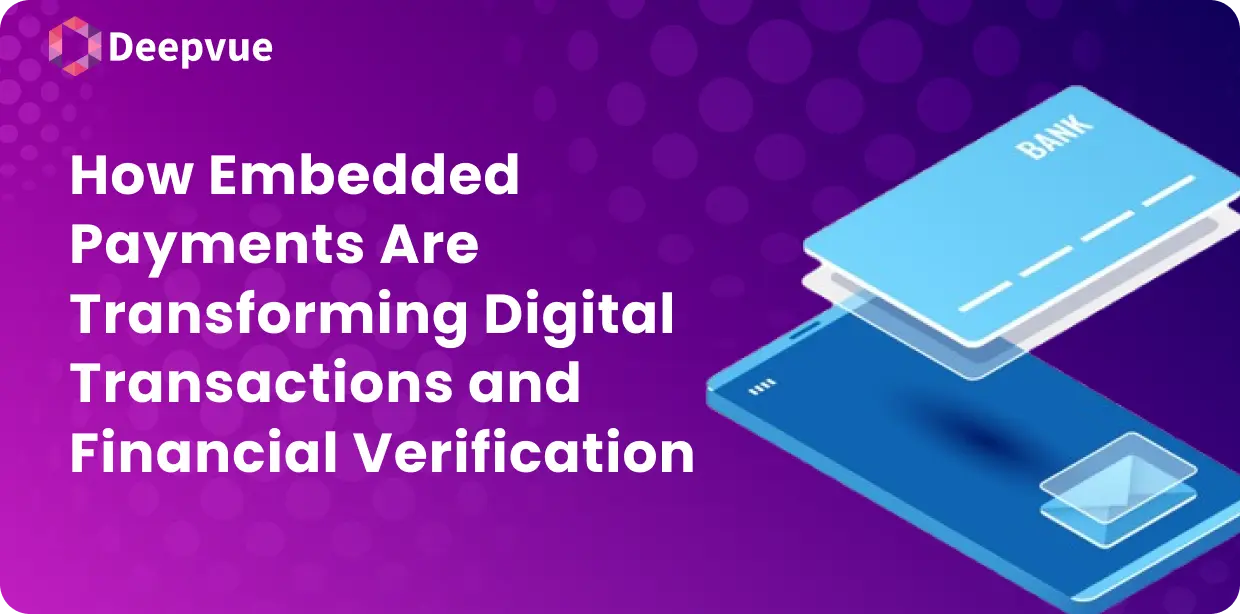What is Digital Identity Verification?
Digital identity verification is the process of confirming that an individual’s digital identity matches their real-world identity. It involves using various technologies and methods to verify the authenticity of a person’s digital credentials, such as their name, date of birth, government-issued IDs, or biometric data. This process is crucial for ensuring security in online transactions, preventing fraud, and complying with regulatory requirements.
Benefits of Digital Identity Verification
Digital identity verification offers several key benefits:
- Enhanced Security: It helps prevent identity theft and fraud by ensuring that only legitimate users can access sensitive information and services.
- Regulatory Compliance: Many industries are required to verify identities to comply with regulations such as KYC (Know Your Customer) and AML (Anti-Money Laundering).
- Faster Onboarding: Automated digital identity verification speeds up the onboarding process for new customers or users, improving user experience.
- Global Reach: Digital identity verification can be conducted remotely, allowing businesses to serve customers globally without physical presence.
Importance of Digital Identity Verification
Digital identity verification is crucial for maintaining trust and security in the digital world:
- Building Trust: It establishes trust between users and service providers by confirming that the person is who they claim to be.
- Preventing Fraud: By verifying identities, businesses can prevent fraudulent activities such as account takeovers, unauthorized transactions, and false identities.
- Protecting Sensitive Information: Digital identity verification ensures that only authorized individuals can access personal data, protecting users’ privacy.
- Supporting Digital Transformation: As businesses move online, digital identity verification becomes essential for securely managing customer identities and access.
How Does Digital Identity Verification Work?
Digital identity verification typically involves several steps:
- Data Collection: The process begins with collecting personal information from the user, such as name, date of birth, and ID documents.
- Document Verification: The submitted documents, such as passports or driver’s licenses, are checked for authenticity using various technologies, including optical character recognition (OCR) and machine learning.
- Biometric Verification: The user’s biometric data, such as a selfie or fingerprint, is captured and matched against the photo on their ID document to confirm identity.
- Liveness Detection: To prevent spoofing, liveness detection ensures that the biometric data comes from a live person rather than a photo or video.
- Cross-Referencing: The collected data is cross-referenced with trusted databases or other data sources to further verify the user’s identity.
- Final Decision: Based on the verification checks, the system confirms or rejects the user’s identity.
Use Cases of Digital Identity Verification
Digital identity verification is used across various industries and scenarios:
- Financial Services: Banks and financial institutions use digital identity verification for KYC and AML compliance, as well as to prevent fraud in online banking and transactions.
- E-commerce: Online retailers verify customer identities to prevent payment fraud and ensure secure transactions.
- Healthcare: Digital identity verification is used to protect patient data and ensure that only authorized personnel can access medical records.
- Remote Workforce: Companies verify the identities of remote employees and contractors to secure access to corporate systems and data.
Frequently Asked Questions (FAQs)
Why is digital identity verification important for businesses?
Digital identity verification is important because it helps businesses prevent fraud, comply with regulatory requirements, and build trust with customers by ensuring that only legitimate users can access their services.
What are common methods used in digital identity verification?
Common methods include document verification (e.g., scanning passports or driver’s licenses), biometric verification (e.g., facial recognition or fingerprint scanning), and cross-referencing user data with trusted databases to confirm identity.






